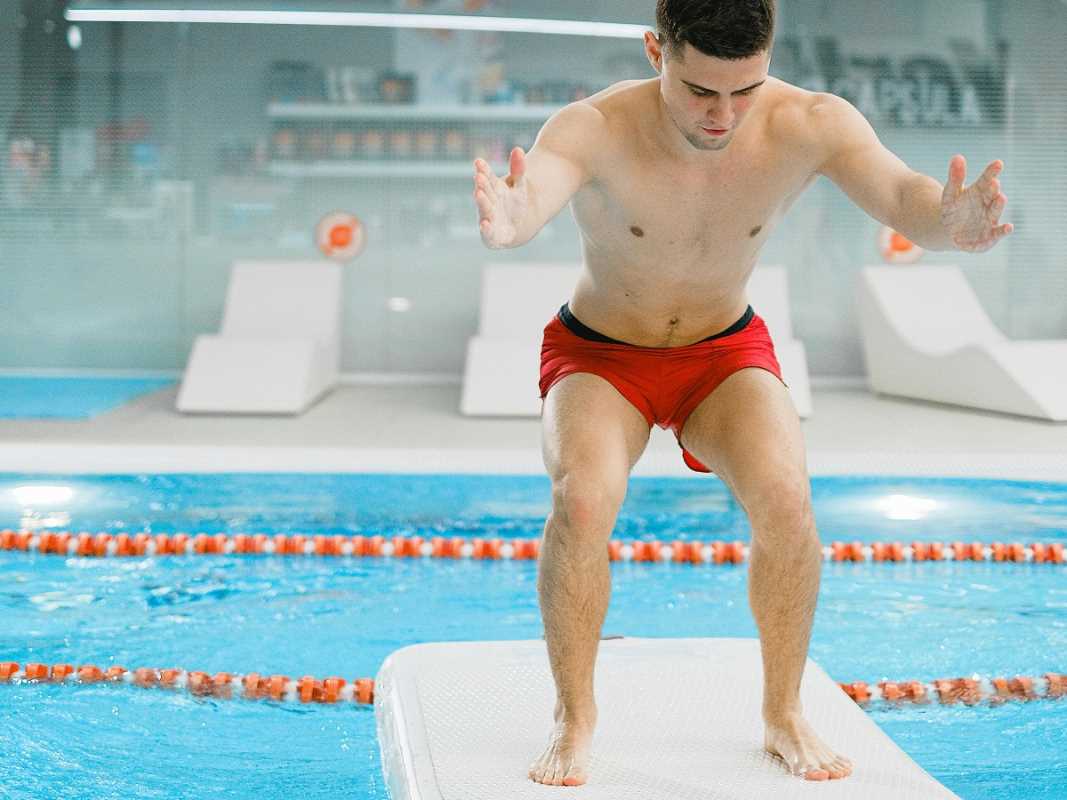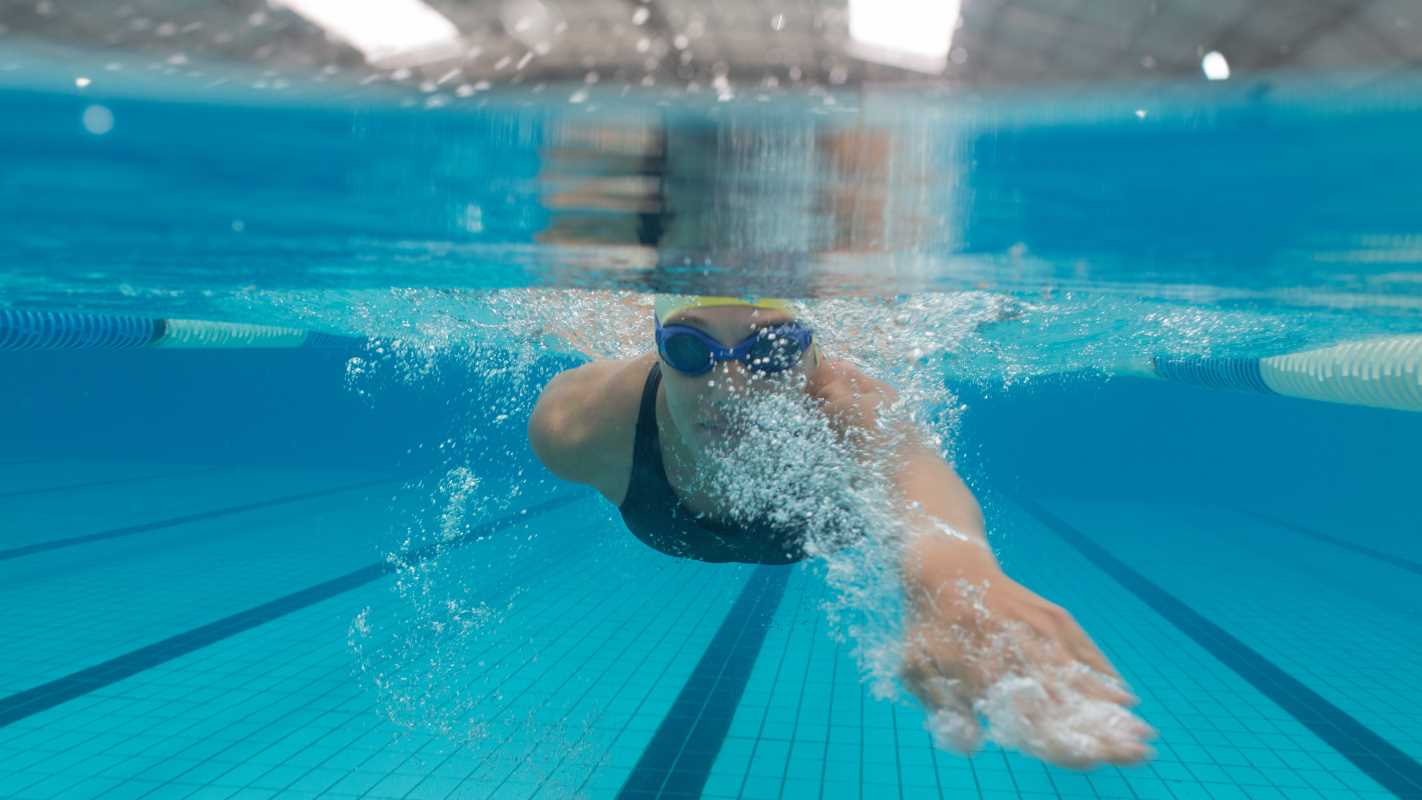Maximizing your athletic abilities requires more than merely dedicating time to practice on the field or sweating it out in the gym. Athletes with a drive for excellence and those who lead the way in their sport know that employing a diverse range of training methods is crucial in achieving exceptional results. If your goal is to boost your speed, increase your strength, or sharpen your agility, adopting a comprehensive training approach is key. This strategy not only helps you maintain a competitive edge but also ensures that you consistently elevate your performance to new heights.
Understanding Versatile Training Techniques
Versatile training techniques incorporate a variety of exercises and methods to target different aspects of athletic performance. This multi-faceted approach prevents boredom and ensures comprehensive development.
- Functional Training: Focuses on movements that mimic real-life activities, improving overall coordination and balance.
- High-Intensity Interval Training (HIIT): Combines short bursts of intense activity with periods of rest, enhancing cardiovascular fitness and endurance.
- Strength Conditioning: Incorporates weightlifting and resistance exercises to build muscle strength and power.
- Flexibility and Mobility Work: Includes stretching and yoga to increase range of motion and reduce the risk of injuries.
- Plyometrics: Involves explosive movements like jumps and sprints to improve speed and agility.
Adapting Training to Individual Needs
Every athlete has unique strengths, weaknesses, and goals. Personalizing your training regimen helps you address specific areas that need improvement while utilizing your natural talents.
- Customized Workout Plans: Tailor exercises to target your specific sports requirements, such as enhancing vertical jump for basketball or endurance for long-distance running.
- Progressive Overload: Gradually increase the intensity, duration, or frequency of workouts to continuously challenge your body.
- Recovery Protocols: Integrate rest days and active recovery sessions based on your individual fatigue levels and performance metrics.
- Nutrition and Hydration: Adjust your diet to support your training demands, ensuring optimal energy levels and muscle recovery.
Innovative Approaches for Athletic Success
Staying ahead in the competitive world of sports requires embracing advanced training methods that push the boundaries of traditional workouts. Techniques such as dynamic training techniques combine technology and science to optimize performance. Incorporating tools like wearable fitness trackers and biomechanical analysis provides valuable insights into your training efficiency and helps fine-tune your approach for maximum results.
Balancing Training and Recovery
While intense training sessions are essential for improvement, the time you allocate for recovery holds equal importance. Proper recovery helps repair muscles and prevents burnout and overtraining, ensuring sustained performance over time.
Implementing practices such as adequate sleep, nutritional support, and active recovery exercises can significantly enhance your training outcomes. Listening to your body and recognizing the signs of fatigue helps you maintain a balanced and effective training regimen.
Tracking Progress and Setting Goals
Monitoring your progress and setting clear, achievable goals play a pivotal role in maintaining motivation and ensuring continuous improvement. Here's how to effectively track and set your athletic goals:
- Define Specific Objectives: Clearly outline what you want to achieve, whether improving your sprint time or increasing your lifting capacity.
- Set Measurable Targets: Use quantifiable metrics to track your progress, such as times, distances, or weight lifted.
- Establish a Timeline: Create a schedule that outlines when you aim to achieve each goal, allowing for structured progression.
- Regular Assessments: Periodically evaluate your performance to identify areas of improvement and adjust your training accordingly.
- Celebrate Milestones: Acknowledge and reward yourself for reaching your goals to maintain high motivation levels.
Embracing a Growth Mindset
A growth mindset is essential for athletes aiming for long-term success. This mindset focuses on continuous improvement, resilience, and the belief that abilities develop through dedication and hard work. Embracing challenges, learning from failures, and staying adaptable are key components of this approach.
By fostering a growth mindset, you not only enhance your physical capabilities but also build mental toughness, which proves crucial in overcoming setbacks and maintaining peak performance under pressure.
Integrating versatile training techniques into your routine is essential for athletic success, as it fosters continuous improvement and long-term achievement.
 (Image via
(Image via





